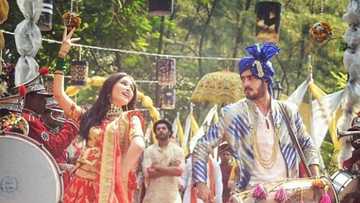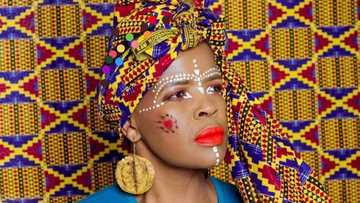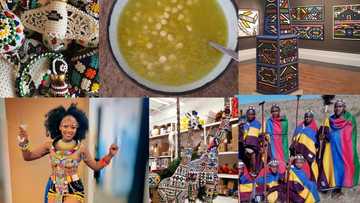10 best traditional Ndebele food and recipes you ought to know (with pictures)
The Ndebele people are famous for their culture and have made a mark in Africa for the tribe with some of the most beautiful traditions. And, like most tribes in the continent, they also have food recipes filled with flavour. So these are the best traditional Ndebele food and recipes you ought to know.
New feature: Check out news exactly for YOU ➡️ find “Recommended for you” block and enjoy!
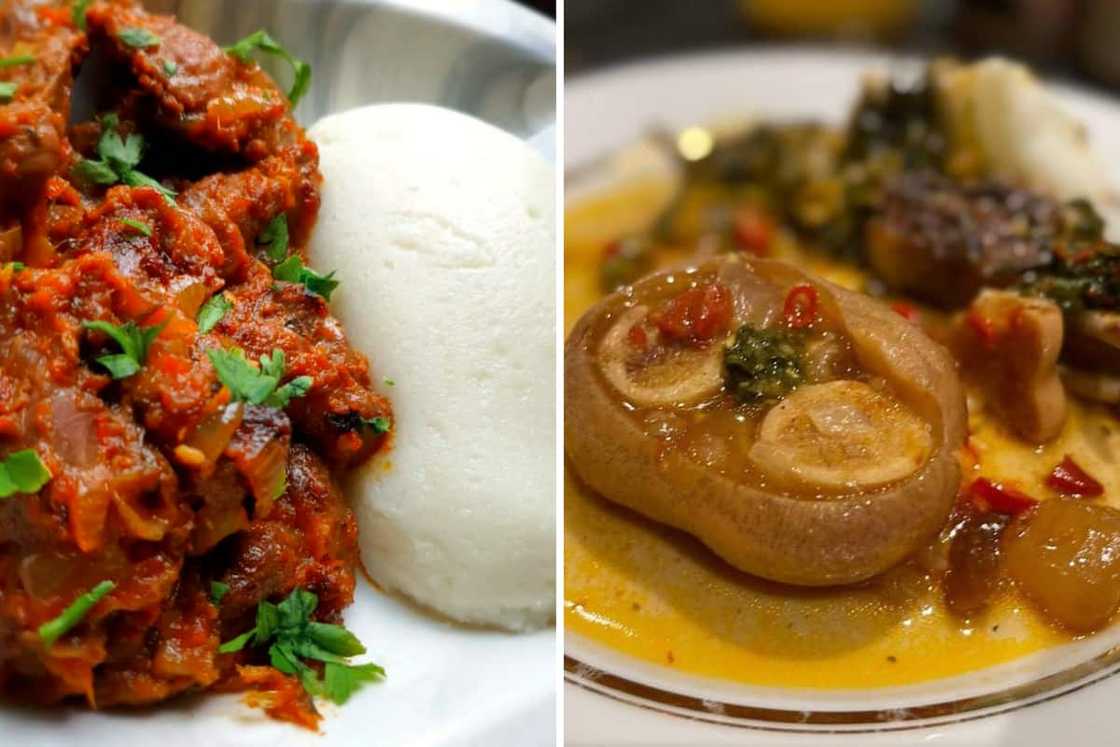
Source: UGC
The Ndebele, often known as Transvaal Ndebele, are one of the Bantu-speaking African ethnic groups that largely inhabit South Africa's Limpopo and Mpumalanga regions. The Ndebele historically descended from the principal Nguni-speaking peoples and started migrating to the Transvaal region in the 17th century.
What are the Ndebele known for?
The Ndebele are renowned for their exceptional artistry, ornate dwellings, and distinctive, vibrant styles of dress and decoration. The internationally famous painter and decorator Esther Mahlangu is a Ndebele woman.
What language does the Ndebele speak?
The name "Matabele" refers to a Bantu language that is a member of the Nguni language family and is spoken by the Northern Ndebele people. Zulu is arguably closer to Zimbabwean Ndebele than other Nguni languages.
PAY ATTENTION: Follow Briefly News on Twitter and never miss the hottest topics! Find us at @brieflyza!
What does the Ndebele culture eat?
Their feed mainly consists of corn, which is the staple food in this community. However, maize cereals, known as Isitshwala, are a favourite. In addition, corn and sorghum milk are commonly consumed. You will want some when you look at Ndebele's traditional food pictures.
They also grow and consume a variety of food crops, fruits and vegetables. These are some of the top Ndebele food recipes.
1. Sadza/Isitshwala- Maizemeal
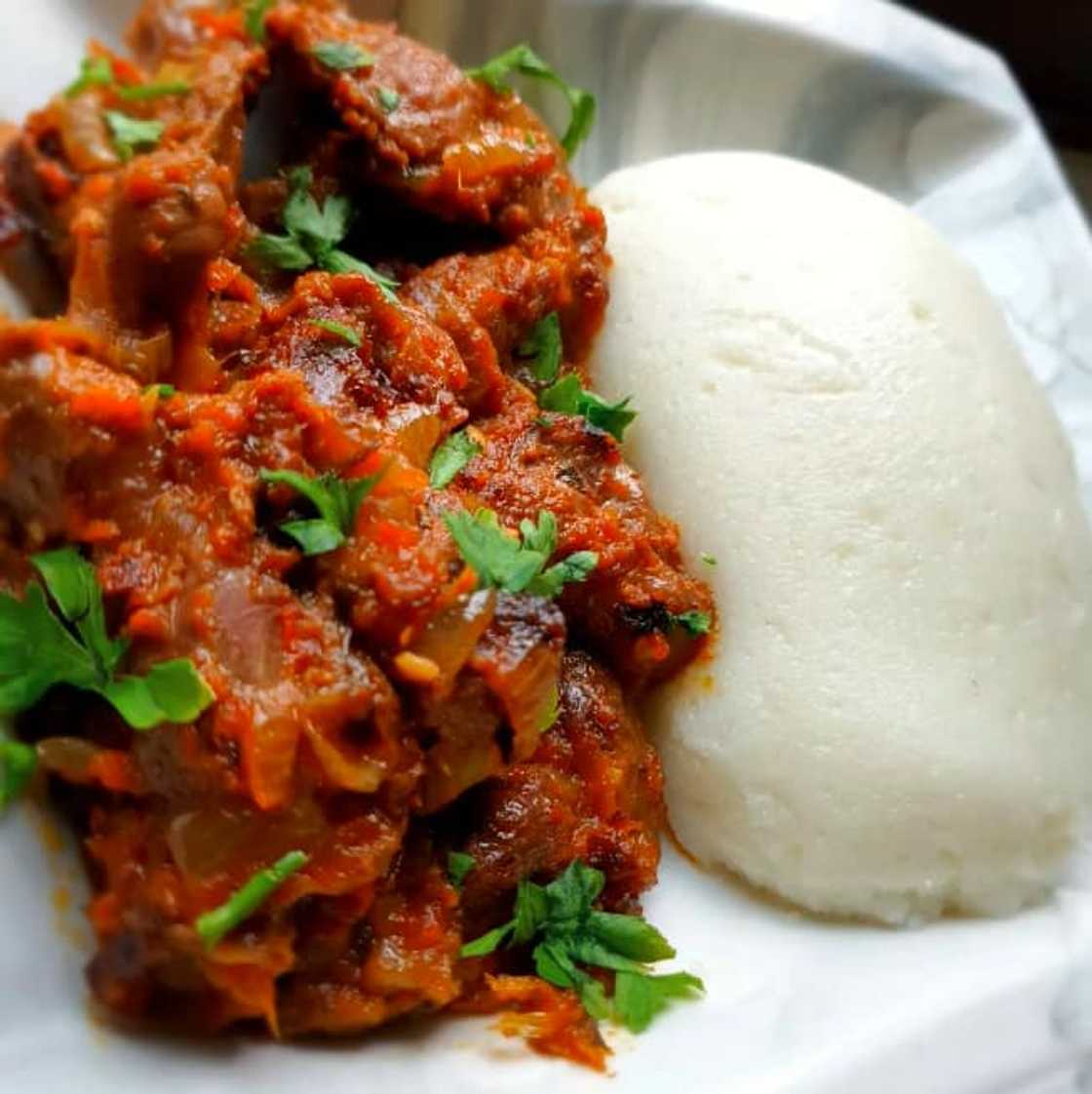
Source: Instagram
One of the most typical and well-liked Ndebele traditional food is maizemeal. Sadza is a common carbohydrate consumed in many households across the country. It is consumed in a variety of stews and flavors, such as mopane worms, collard greens, beef, chicken, or pork stews.
2. Bota/Iyambazi- Porriage
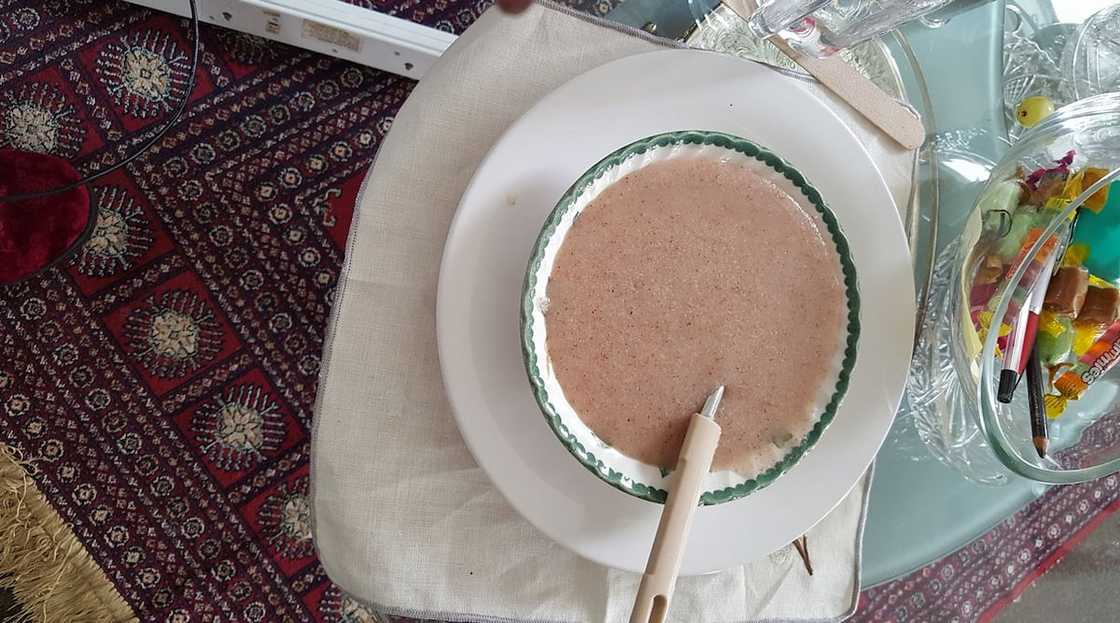
Source: Facebook
Among the Ndebele, what are the 5 traditional foods? Bota is a diluted version of millet sadza, sorghum, or maize meal. In order to produce the necessary thickness, maize meal is boiled for 30 minutes with hot water.
Although it is frequently associated with children, adults can also consume bota. As a result, it is usually provided as a breakfast meal.
3. Umxhanxa- Yellow Watermelon with Sun-Dried Maize
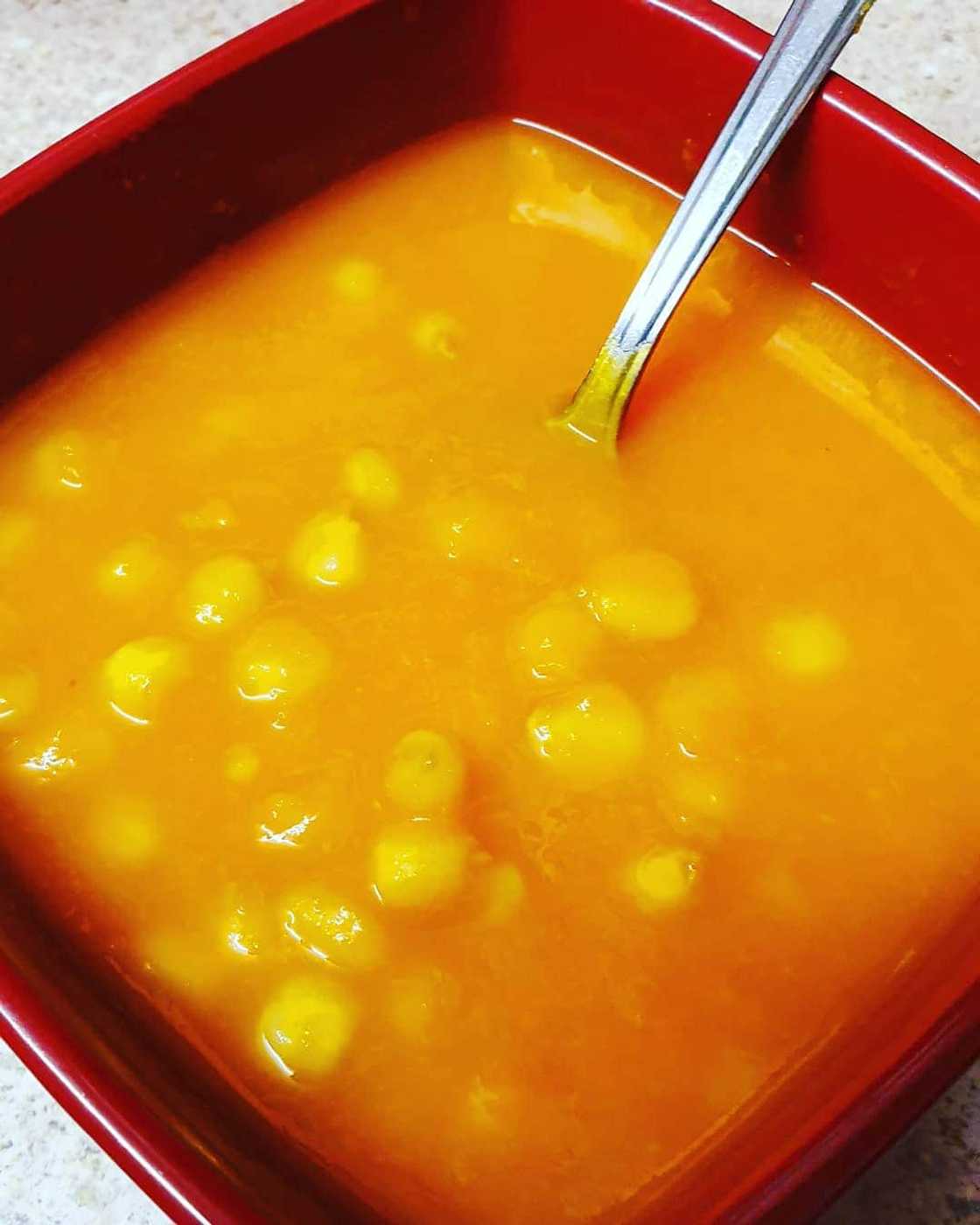
Source: Instagram
Umxhanxa is a traditionally Ndebele cuisine that the Kalanga and Ndebele mostly consume. The dish is often eaten in the winter after the harvest. The ingredients of Umxhanxa are yellow watermelon called ijod, sun-dried corn and sugar. Boil the corn in water for up to 2.5 hours to soften the hardened kernels.
4. Mutakura/Mangai- Peanuts, Maize and Beans Dish

Source: UGC
This nutritious cuisine, known as mutakura, consists of maize (Chibage), peanuts (Nzungu), Bambara nuts (Nyima), cowpeas (Nyemba), and occasionally sugar beans. Mangai is its name when it is made only of peanuts and corn. It is comparable to Umngqusho from South Africa.
5. Madhumbe/Magogoya- Yams
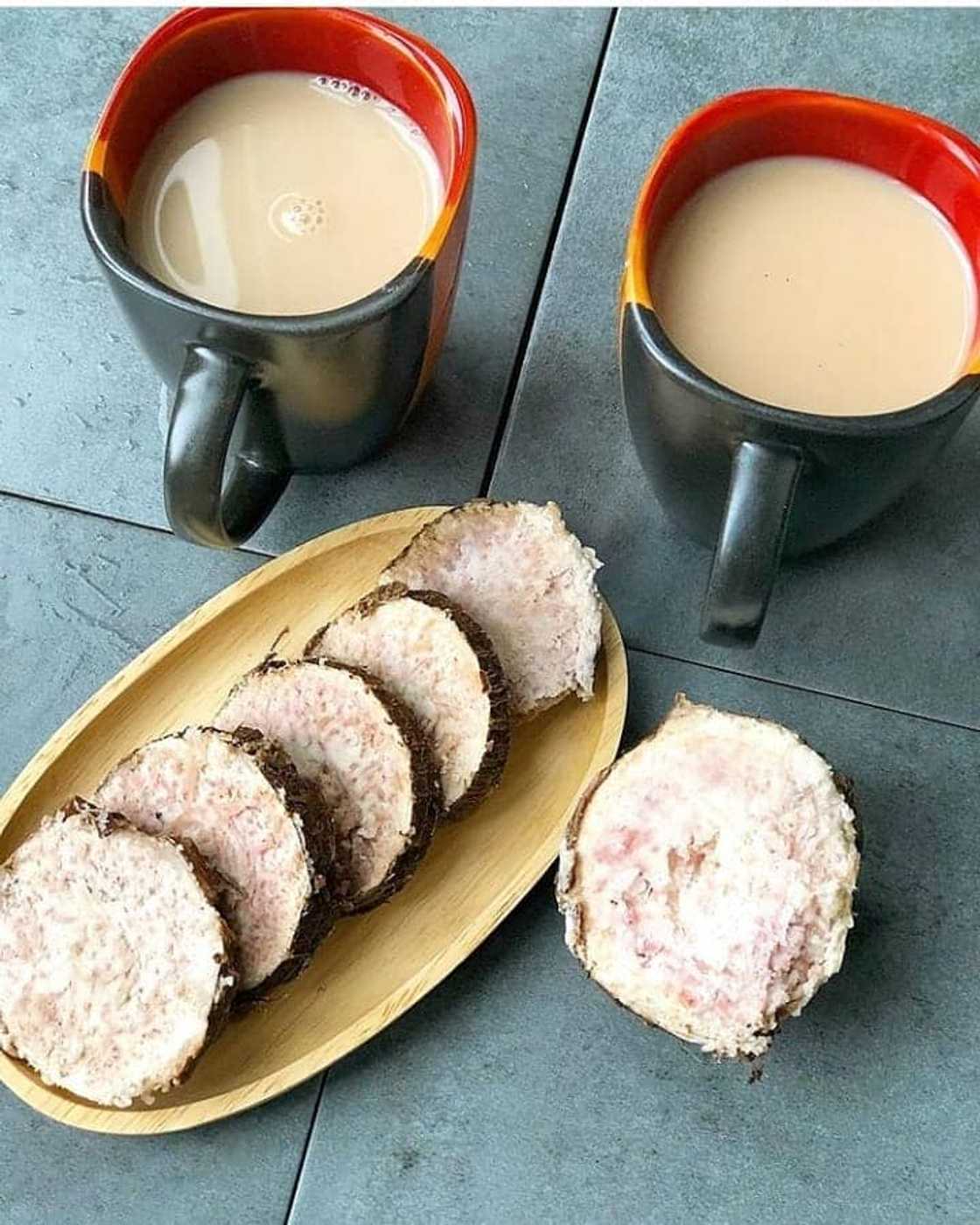
Source: Instagram
Yams are an incredibly adaptable Ndebele cultural food. They can be consumed in various ways but are most frequently boiled and served as a side dish or at breakfast. Additionally, madhumbe can be crushed into powder. For a filling and delectable supper, combine this powder with Mazda and serve it with meat, sour milk, or collard greens.
6. Hwiza, Harurwa, Ishwa/Imbhombo, Inhlwa- Insects
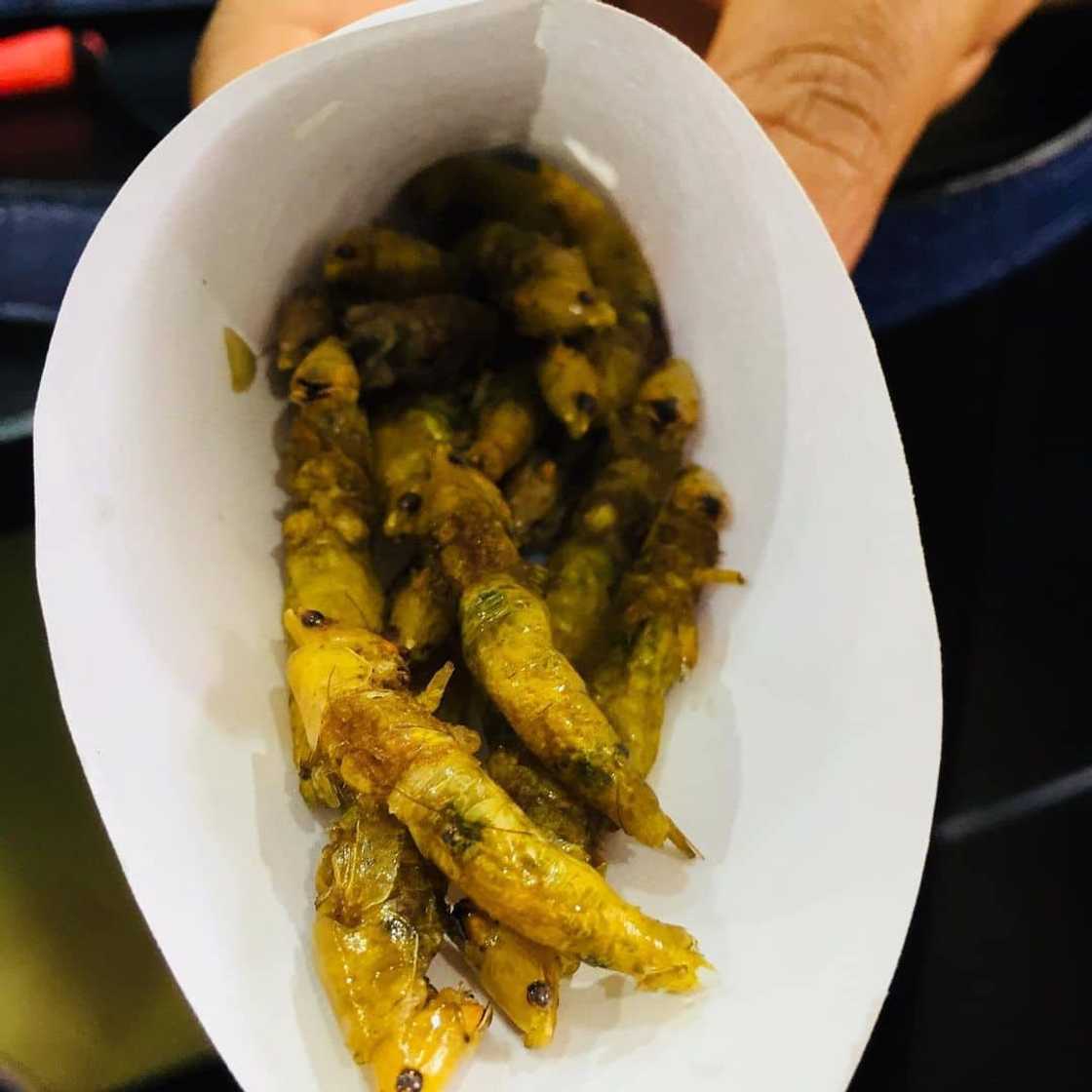
Source: Instagram
Insects are a significant source of protein, and Harurwa and Ishwar are abundant in Zimbabwe mainly during the rainy season. Most insects are caught at night because they are drawn to light. Therefore, many Zimbabweans often collect insects just outside their front doors.
7. Hodzeko/Maasi- Sour milk
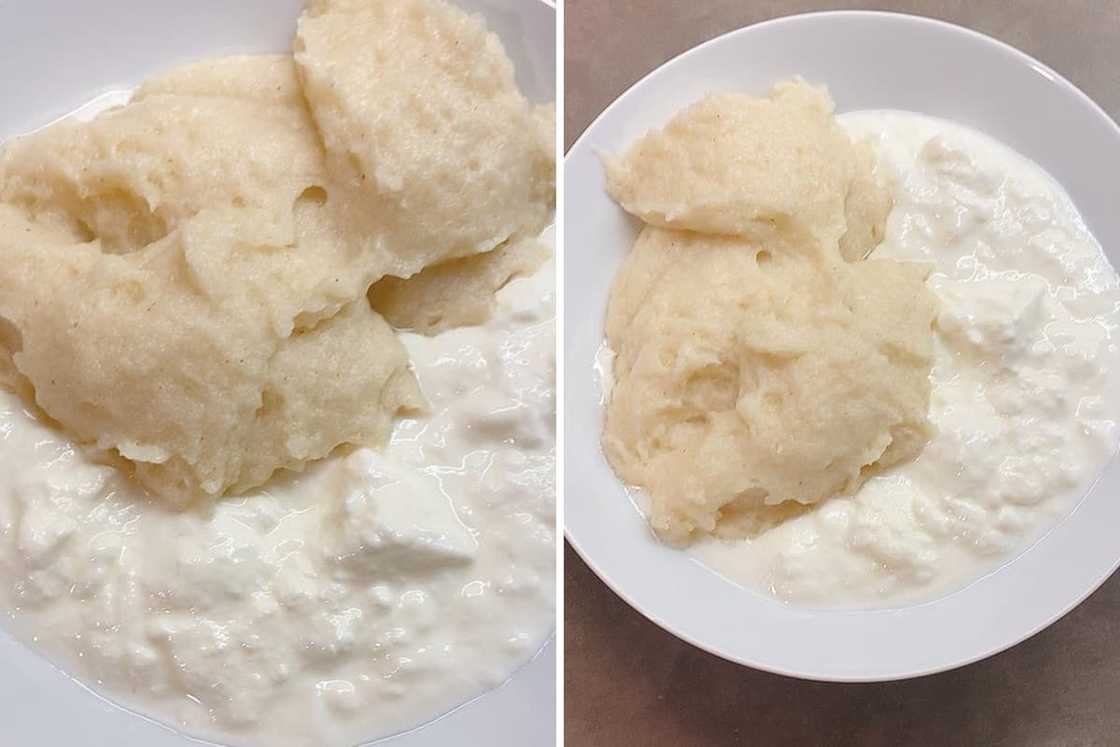
Source: UGC
Hodzeko is a traditional Zimbabwean dish that has existed since the prehistoric Khoisan people. The dish's name comes from the fact that it was traditionally fermented and cured in a clay pot called a Hodzeko, which is still used in some rural areas today.
8. Hohwa/Amakhowa- African Wild Mushrooms
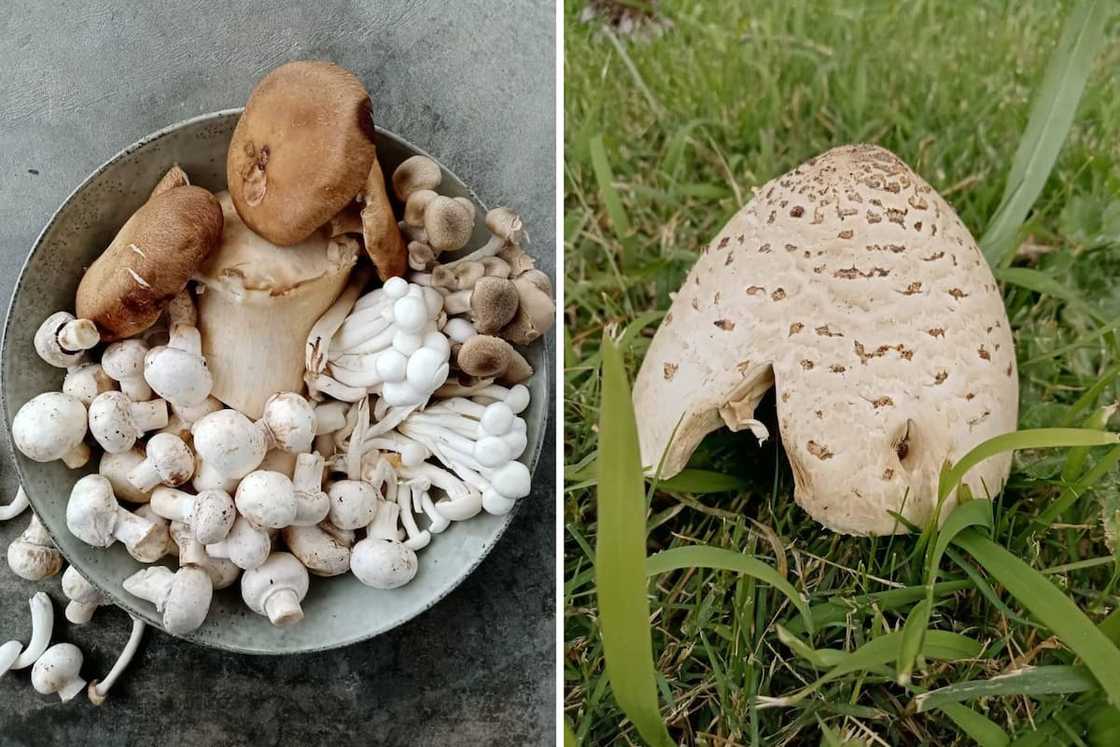
Source: UGC
Nhedzi is an African wild mushroom species belonging to the termitomyces family, gets its name from being raised underground by termites. The summertime in Zimbabwe is when it frequently emerges from tree barks and is gathered.
9. Matumbu/Ezanga Phakathi- Beef Tripe
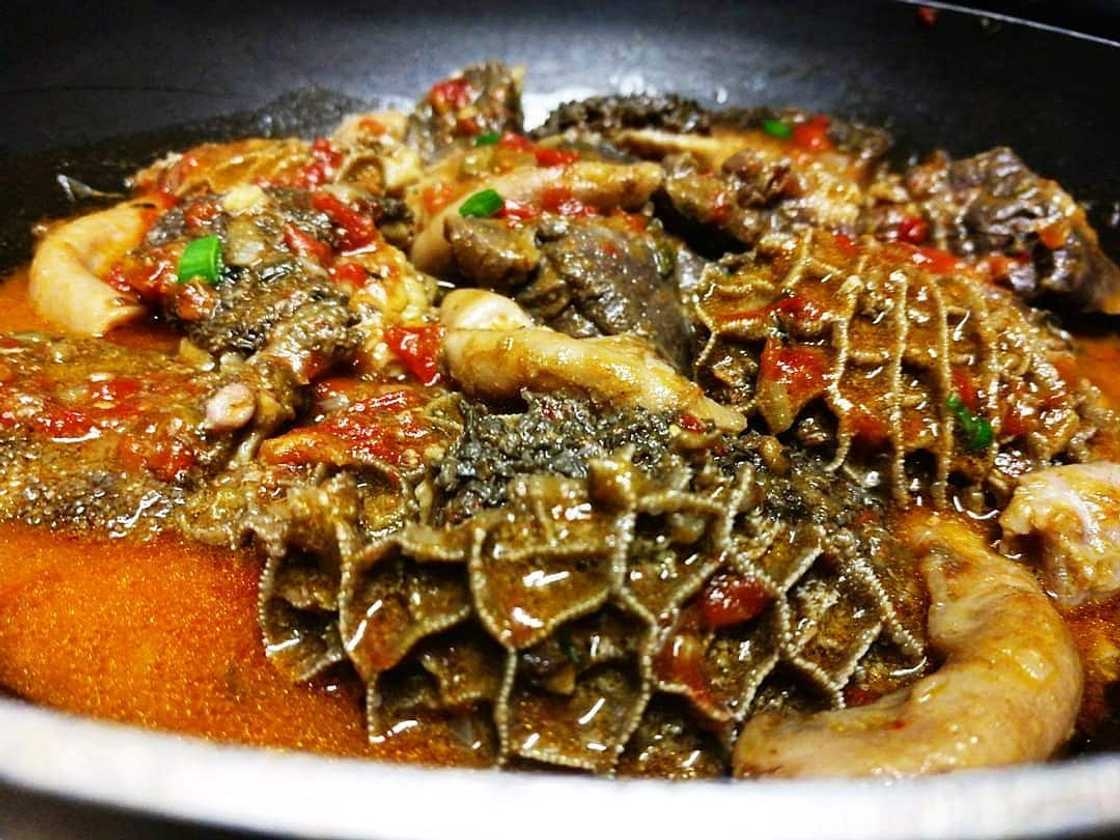
Source: Instagram
Matumbu is a very difficult flavour to master. You can usually eat it as a dish, but if you grill it and eat it as gango, it can be consumed as a snack. Tripe, intestines, testicles, liver and kidneys are all found in Matumbu. The offal is made by first simmering the beef in a tomato and onion broth for several hours.
10. Amanqina eNkomo- Cow heels
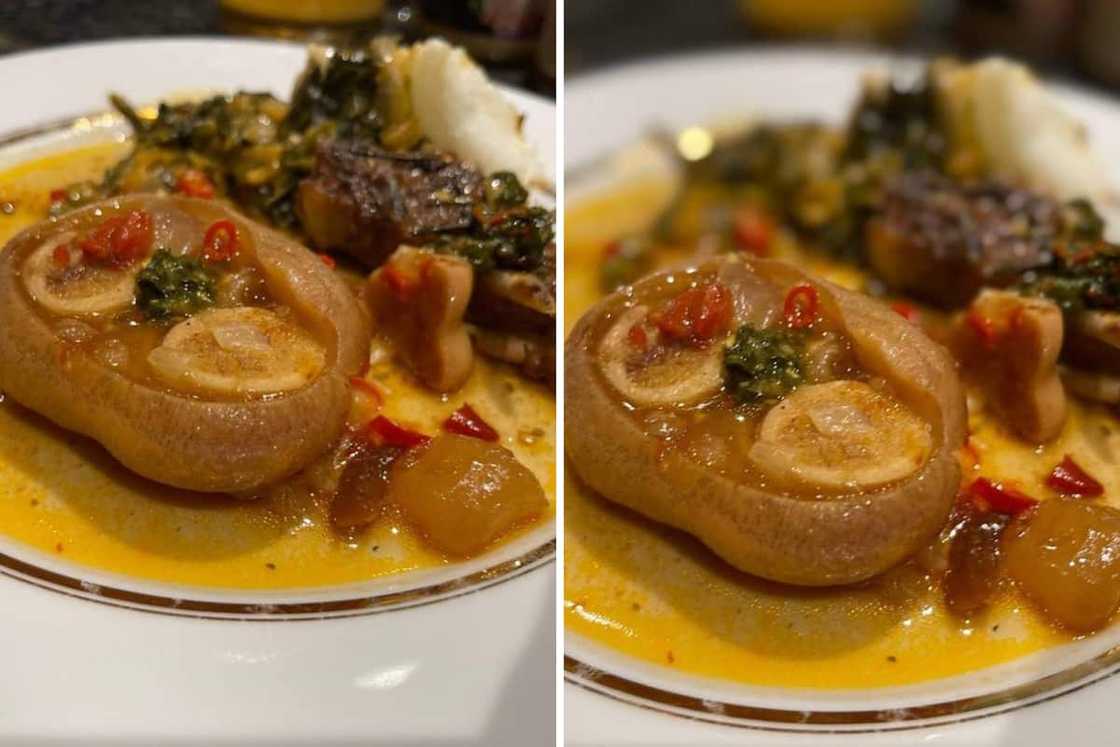
Source: UGC
There are many variations of Amanqina in South Africa, with recipes often passed down through generations of cooks. In this cow heels recipe in South Africa, things are simple, combining cow heels with Knorrox beef stock cubes and cayenne pepper for extra depth of flavour.
What are 5 interesting facts about the Ndebele culture?
These are some of the interesting facts about the tribe.
- They descended from the Nguno tribes.
- Origins of the Ndebele date back to the 1600s.
- The three main Ndebele subgroups are the Southern Ndebele, Northern Ndebele, and Zimbabwe.
- Ndebele is a tonal language with numerous varieties across the various tribal divisions. It's recognized for its "click" noises.
- The Ndebele tribe has traditionally been patriarchal, and women are still required to show respect to men in general and their husbands and in-laws in particular.
So there you have it, the 10 best traditional Ndebele food and recipes. The Ndebele people have a lot to offer in terms of culture. It is one of the richest tribes in Africa.
READ ALSO: 30+ modern Tsonga traditional dresses for weddings in 2022
Briefly.co.za recently listed 30+ modern Tsonga traditional dresses for weddings in 2022. Most African conventional attires are known for their bold and bright colours, unique beadwork, and matching headwear. In modern society, designers mix traditional fabric with contemporary styles to create unique fashion.
New feature: check out news exactly for YOU ➡️ find "Recommended for you" block and enjoy!
Source: Briefly News




